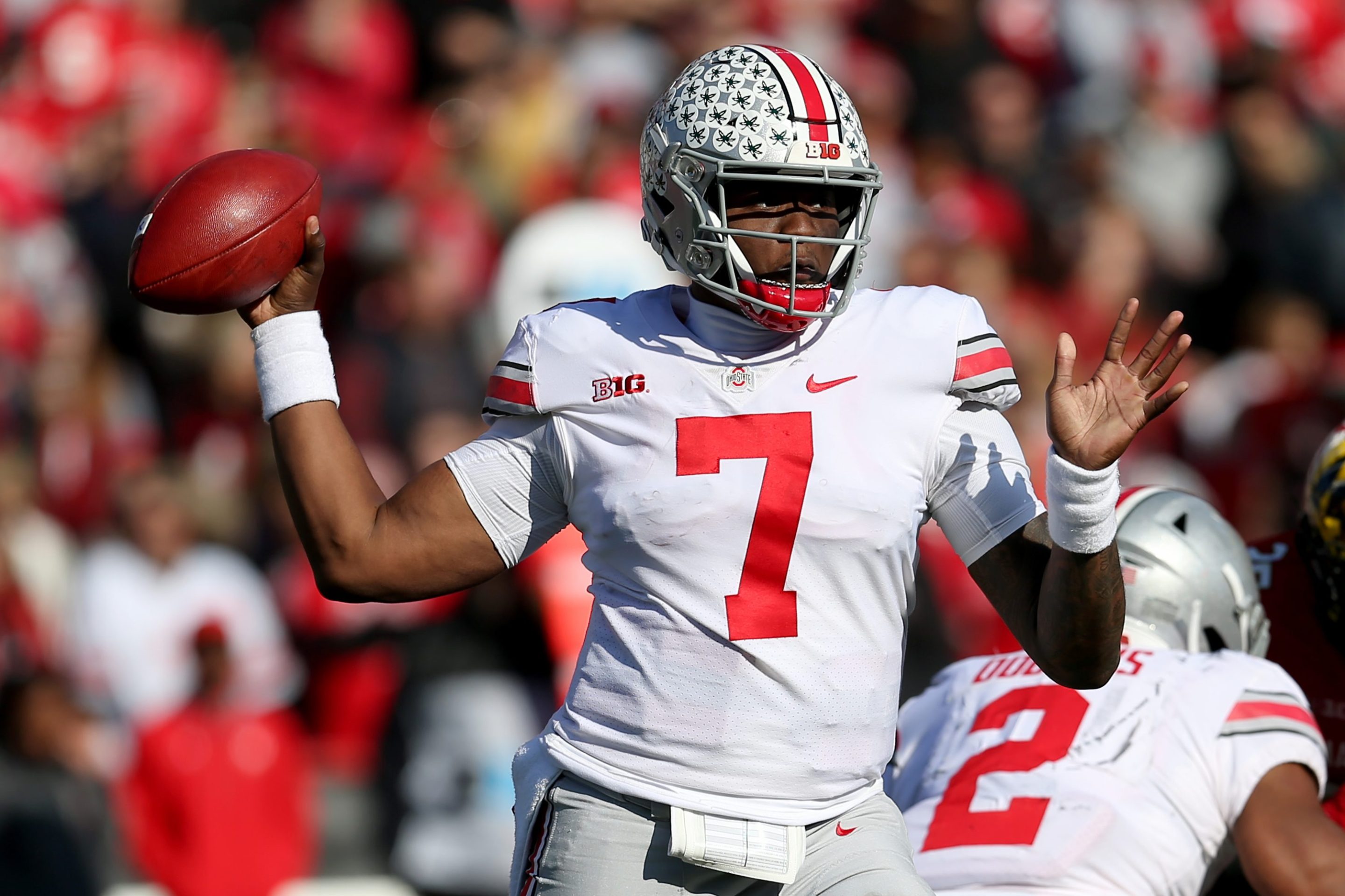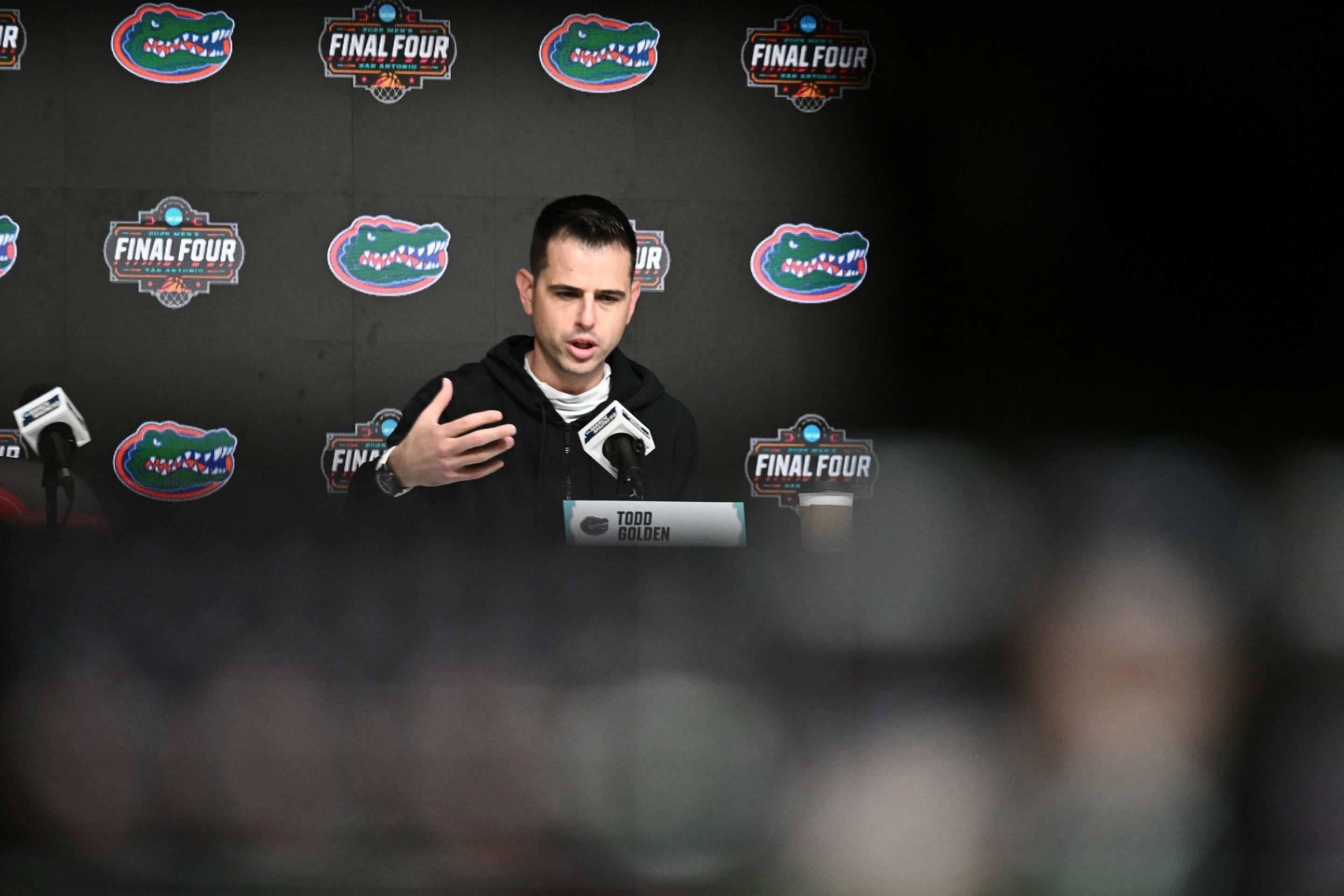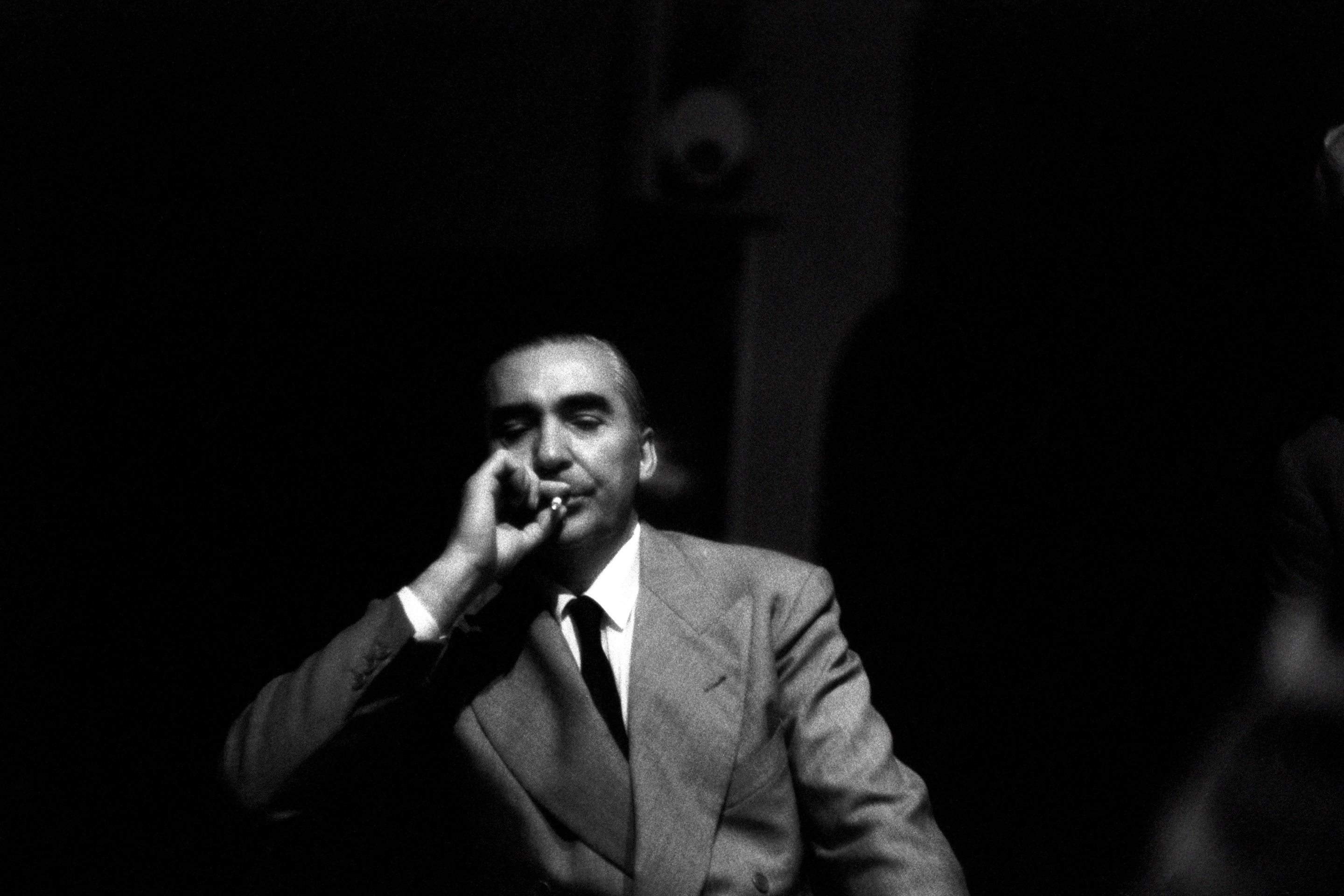Dwayne Haskins looms so large over Ohio State football, it's kind of strange to remember he only started there one season. Haskins died Saturday morning at the age of 24; the Florida Highway Patrol confirmed reports he was hit by a truck while walking on a highway in Fort Lauderdale. He had been in the area doing offseason training with a group of Steelers teammates.
There's an old home video of Haskins going around now. It shows him touring the Buckeyes' locker room at age 11 and calmly telling the camera, "This is awesome. I'm going to college here." Just like that, all matter-of-fact. He brought a similar nonchalance to his performances at Ohio State. In 14 games, Haskins set pretty much every record there was to set. He threw for nearly 5,000 yards and 50 touchdowns, completed 70 percent of his passes, filled up the program's single-game passing yards leaderboard, took the team to a Rose Bowl, and ended up a Heisman finalist. People around Ohio State are quick to point to his year there as a turning point. Haskins became the face of their new-age, passing-oriented offense, one that's dominated since. "What they did with Dwayne, I really liked, and seeing that in person was really eye-opening," current Buckeyes backup Kyle McCord told ESPN a few years ago, after watching an Ohio State-Penn State game he'd been invited to as a potential Penn State recruit. "The reads that the quarterbacks have to go through are some of the same reads you see guys making on Sundays." Haskins ended the drought of Big Ten quarterbacks drafted in the first round, and not long after him came Justin Fields.
Ohio State's defense that year—the worst in school history—meant every passing yard mattered. They were so, so inexplicably bad! You wondered, when they gave up 51 points to Maryland one week, whether Greg Schiano was scheming to boost Haskins's Heisman odds, creating the most annoying possible set of circumstances for the offense to overcome. If so, it was honestly not a terrible idea. Haskins always impressed me for what a killer he could be in the diciest of times. I've heard some too-amped-up Gus Johnson calls in my lifetime, but Haskins usually earned them. There was his first test, of course: coming in cold as a freshman for J.T. Barrett when Barrett left The Game with a knee injury, and leading a comeback over Michigan. The next year, there were his two touchdown drives in the last seven minutes to eke out a win over Penn State. (That one was a whiteout in Happy Valley, about as hostile an environment as you'll find.) There were three random but desperately needed rushing touchdowns against Maryland. There was the way he put to shame "the country's best defense" at the end of the year, when he threw for six touchdowns against a revenge-seeking Michigan, and owned them again.
My favorite Dwayne Haskins moment: coming in as a freshman when Barrett got injured and then immediately sending Jim Harbaugh into a spluttering rage pic.twitter.com/EjZXCEXdB5
— BUM CHILLUPS AKA SPENCER HALL (@edsbs) April 9, 2022
The most recent entries on Haskins' résumé were probably the least interesting; that's just the way it goes for some athletes. In recent years, he's been held up unfairly against Joe Burrow, whom Haskins beat out for the Ohio State starting job, leading Burrow to transfer. But choosing Haskins over Burrow may be the least offensive thing Urban Meyer ever did. It says less about Meyer than it does about Haskins, who got that freshman-year quarter and change to prove himself and made the most of it. Haskins announced that he could do the damn thing, and he did it so loudly there was no denying him.






